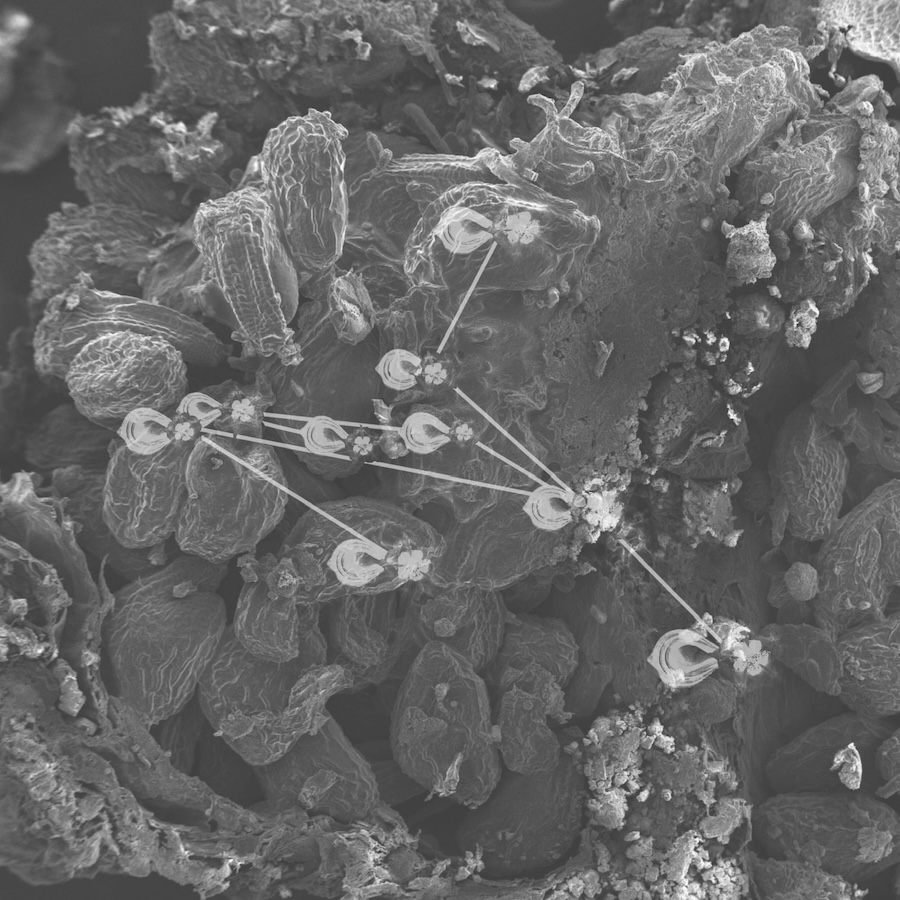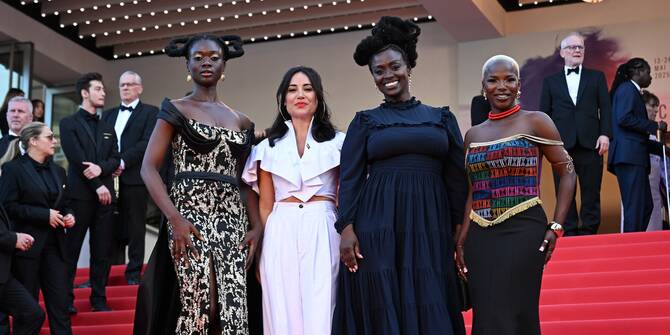DUBAI: Saudi artist Reem Al-Nasser has been selected for the inaugural Mazra’ah Media Arts Residency, a new initiative from Diriyah Art Futures.
The residency, which runs until July, brings together artists and scholars to explore emerging ecologies, speculative futures, and the evolving relationship between technology, nature and cultural heritage.
Organized by the Museums Commission under the Saudi Ministry of Culture, the residency supports experimental research and production in the field of digital and new media art.

Al-Nasser, one of three Saudi artists participating, described being selected as both an honor and a milestone in her artistic journey. (Supplied)
Participants are provided with a production budget and technical support, as well as access to labs and studios. The spring cohort includes artists and scholars from Saudi Arabia, India, Japan, France, Germany and the UK.
Al-Nasser, one of three Saudi artists participating, described being selected as both an honor and a milestone in her artistic journey.
“I felt immense happiness and deep honor,” she told Arab News. “Being chosen for such a prestigious residency was a validation of my artistic journey and gave me a sense of responsibility and excitement.”
The theme of the inaugural residency is “High-Resolution Dreams from the Sands.” Artists are encouraged to examine the intersections of land and technology. Al-Nasser’s interpretation of the theme centers on the flower known in Arabic as Al-Samh — a plant native to Saudi Arabia, which she uses as a symbol of resilience, healing and shelter.

Sketch of her upcoming work for the residency. (Supplied)
“I’m working on archiving the ancient behaviors associated with this flower as a symbol of defense and protection, incorporating its intricate details into digital artworks that simulate its essence,” she said.
Al-Nasser is developing a series of interactive digital installations that integrate visual projection, augmented reality and artificial intelligence to animate the symbolic qualities of the flower and bring them into a contemporary digital art context. Her goal is to create a multi-sensory experience that immerses viewers in the story of the flower, blending visual detail with conceptual depth.
“These tools allow me to present the intricate details of the Samh flower in a stunning and unprecedented way,” she said.
Al-Nasser often draws inspiration from traditional storytelling and behavioral patterns, using art to reframe these ideas through a modern lens. “My style is a blend of digital and physical media, with a focus on storytelling — restructuring and connecting ancient knowledge with modern elements,” she said. “Being in Diriyah opened my eyes to the importance of drawing inspiration from local elements and presenting them in a contemporary manner. It’s also encouraged me to experiment with modern techniques I haven’t used before.

Sketch of her upcoming work for the residency. (Supplied)
“Diriyah has also inspired me with its natural beauty, palm gardens and ancient forts, which have become a central focus in my work,” she continued. “The environment here encouraged me to deeply reflect on the relationship between nature and art and to celebrate its elements through technology. I hope people feel the profound connection between environmental science and the Desert Samh Flower and appreciate the power of nature in creating symbols that inspire art and creativity. I want them to reflect on the relationship between heritage and technology and how art can bridge the two.”
As the Kingdom invests more heavily in cultural infrastructure and platforms such as DAF, Al-Nasser believes local artists are increasingly positioned to shape the global conversation around digital and new media art.
“Saudi artists are producing remarkable works that are rooted in cultural heritage while integrating modern technologies,” she said. “They have the potential to revolutionize the global art scene by highlighting the beauty of local nature, like the Samh flower, in innovative ways.”

'Bakila Recipe,' 2024, presented in Paris. (Supplied)
Al-Nasser’s journey into art began in her teenage years, driven by a fascination with creative expression and storytelling. “Art became my way of understanding the world and sharing my perspective,” she said, adding that her creative inspirations often stem from historical and behavioral patterns.
“Ancient storytelling and understanding personal experiences were my primary sources of inspiration,” she explained. “I’ve always been fascinated by the beauty of subtle details in behaviors, their connection to time, and how art can highlight and center them in storytelling.”





















